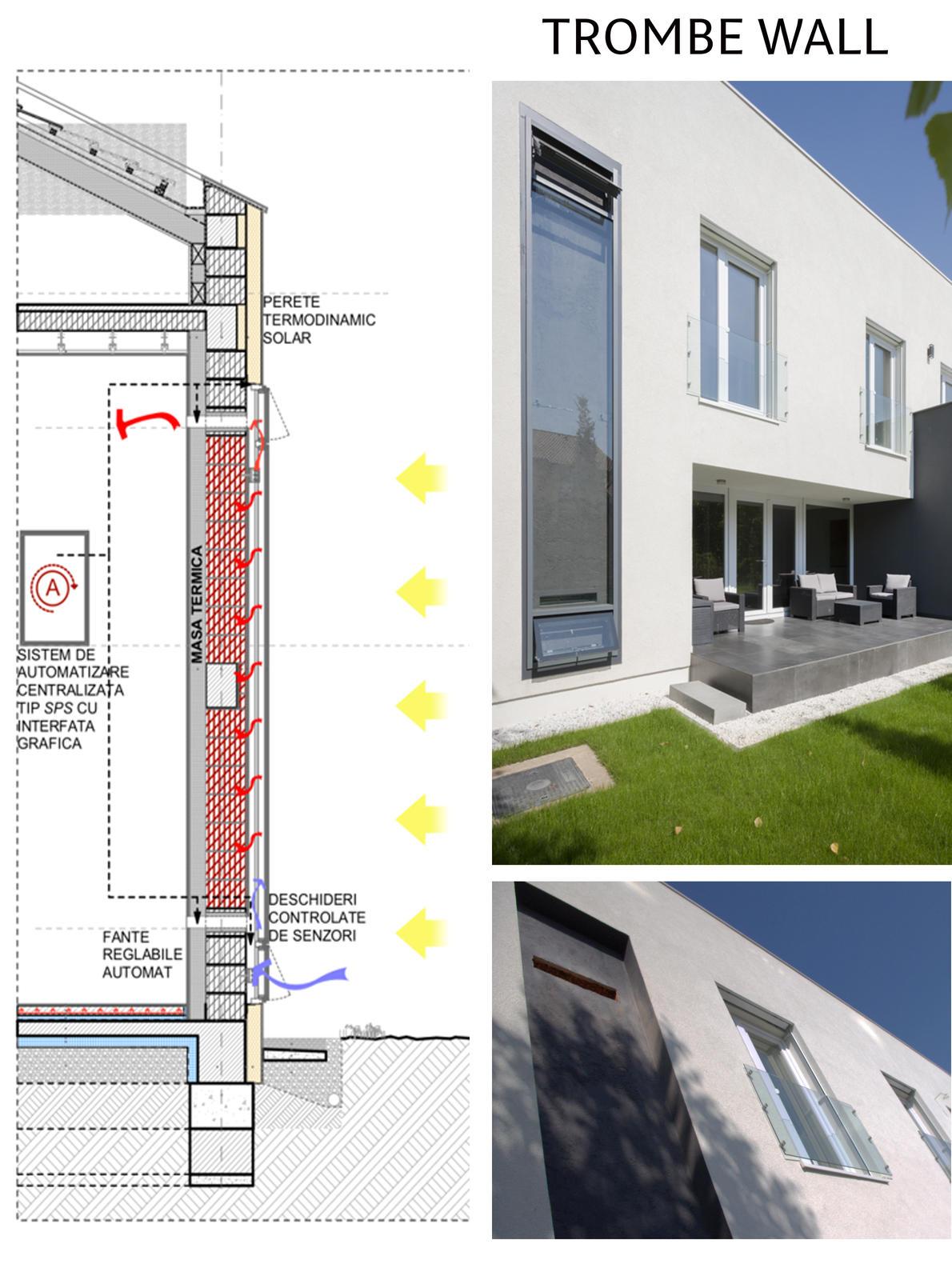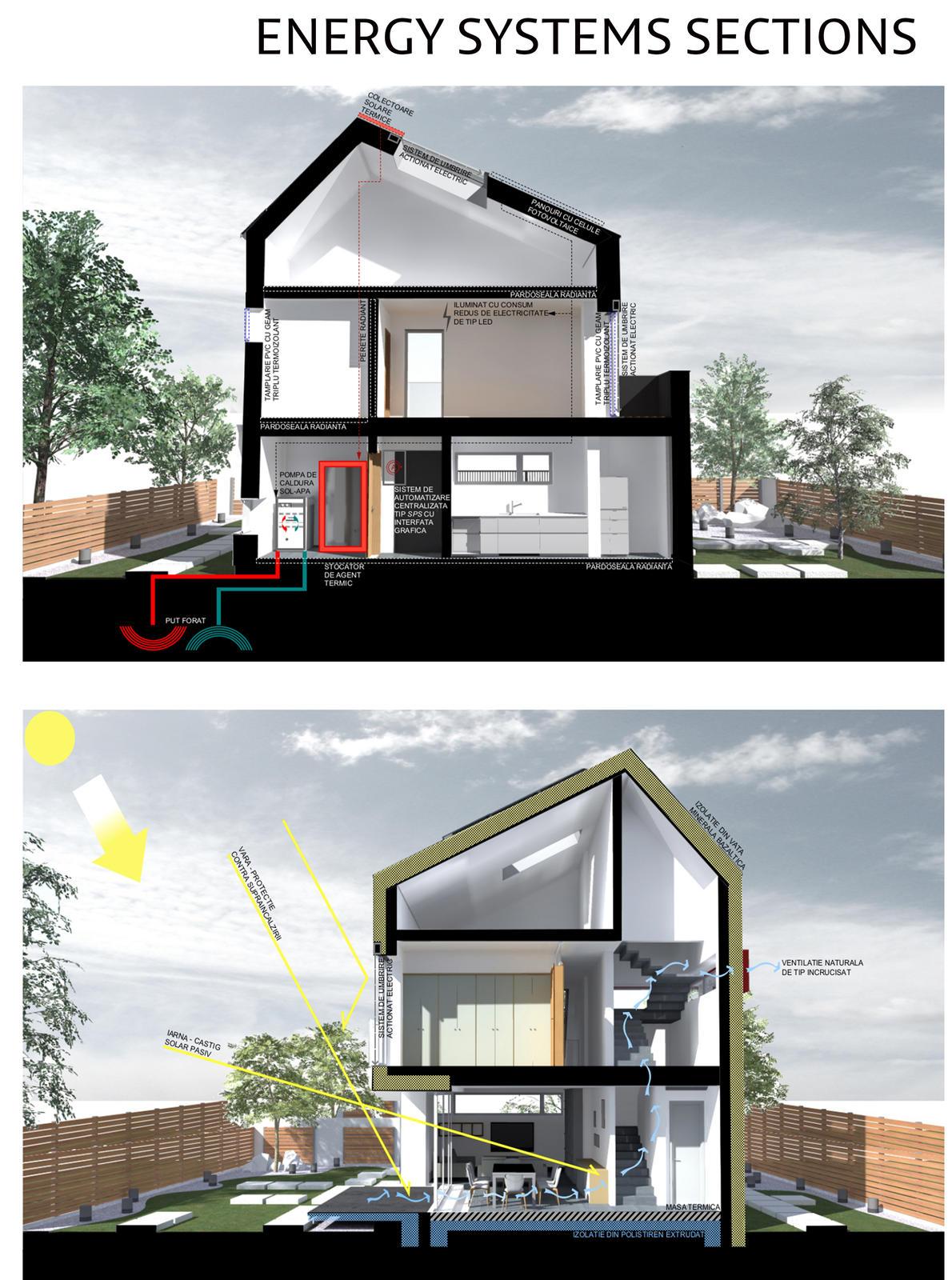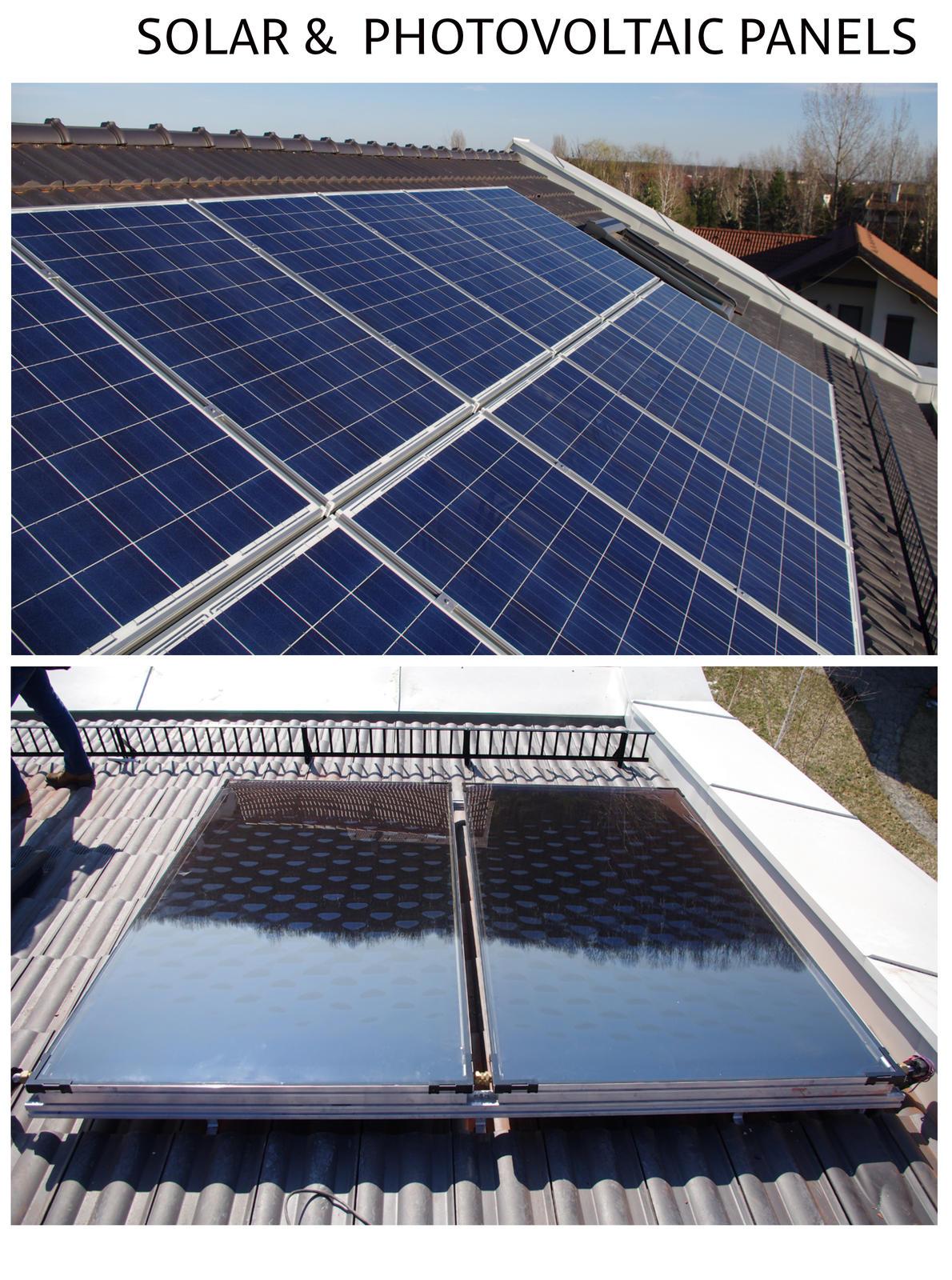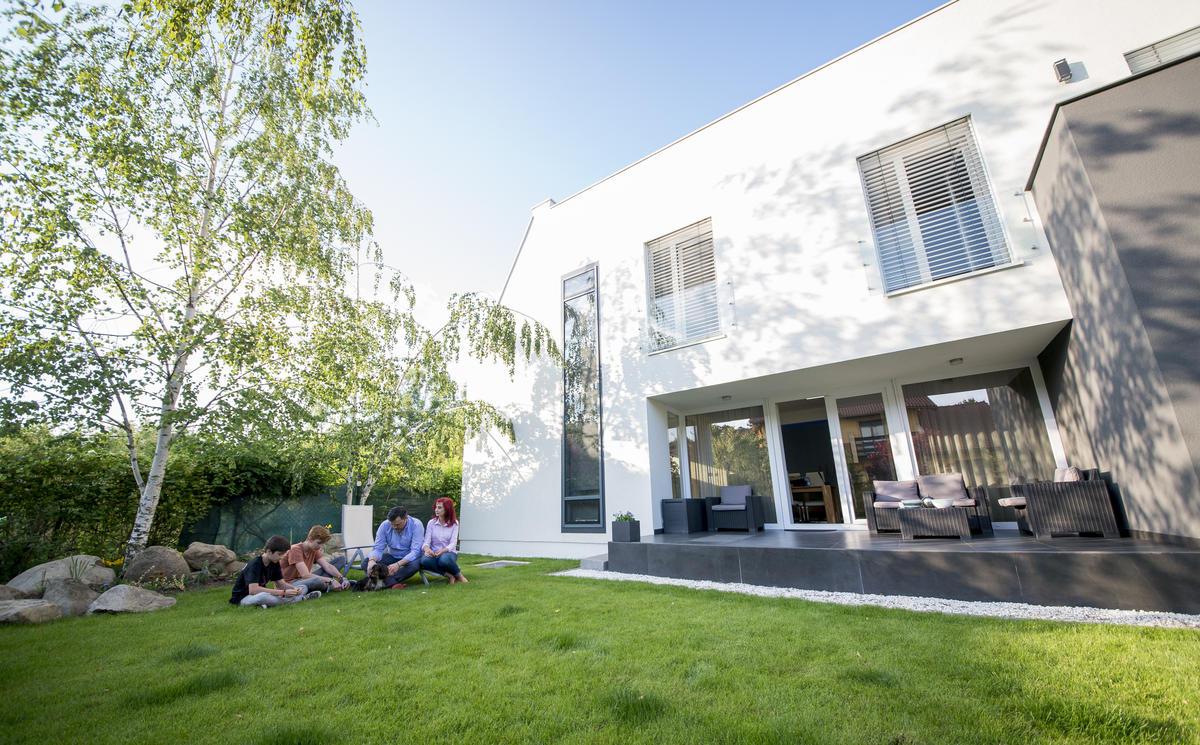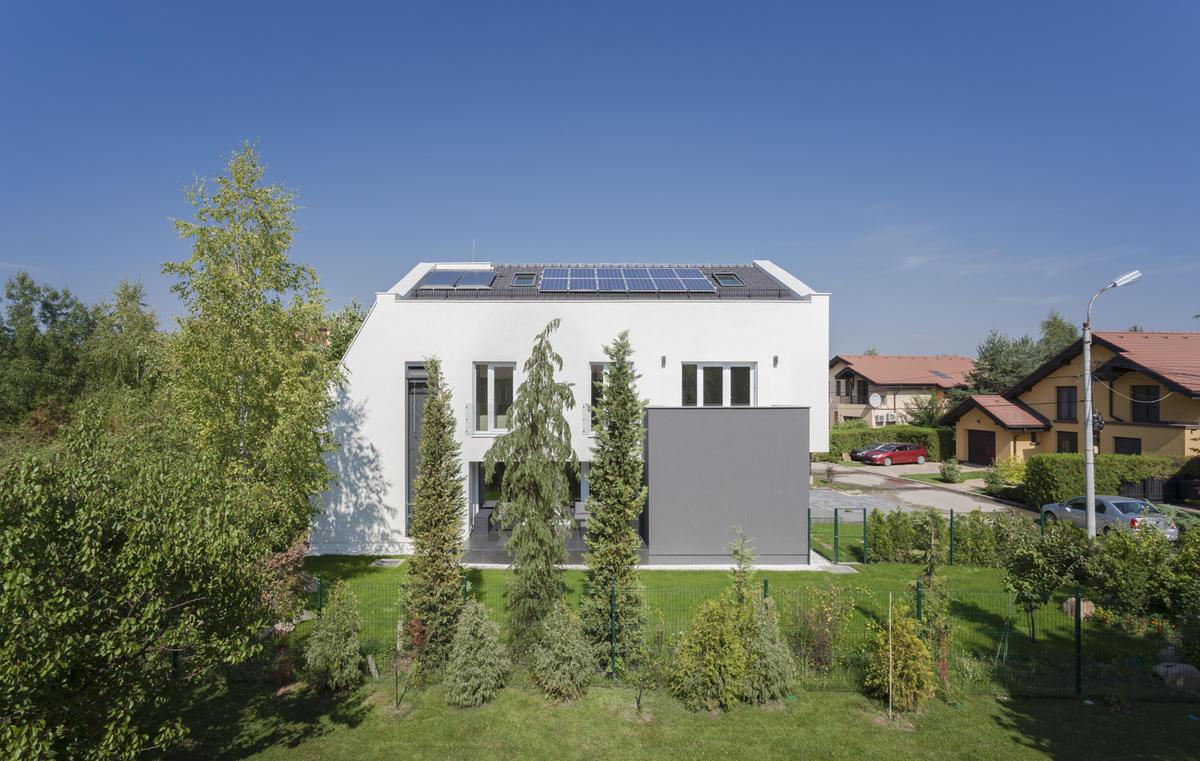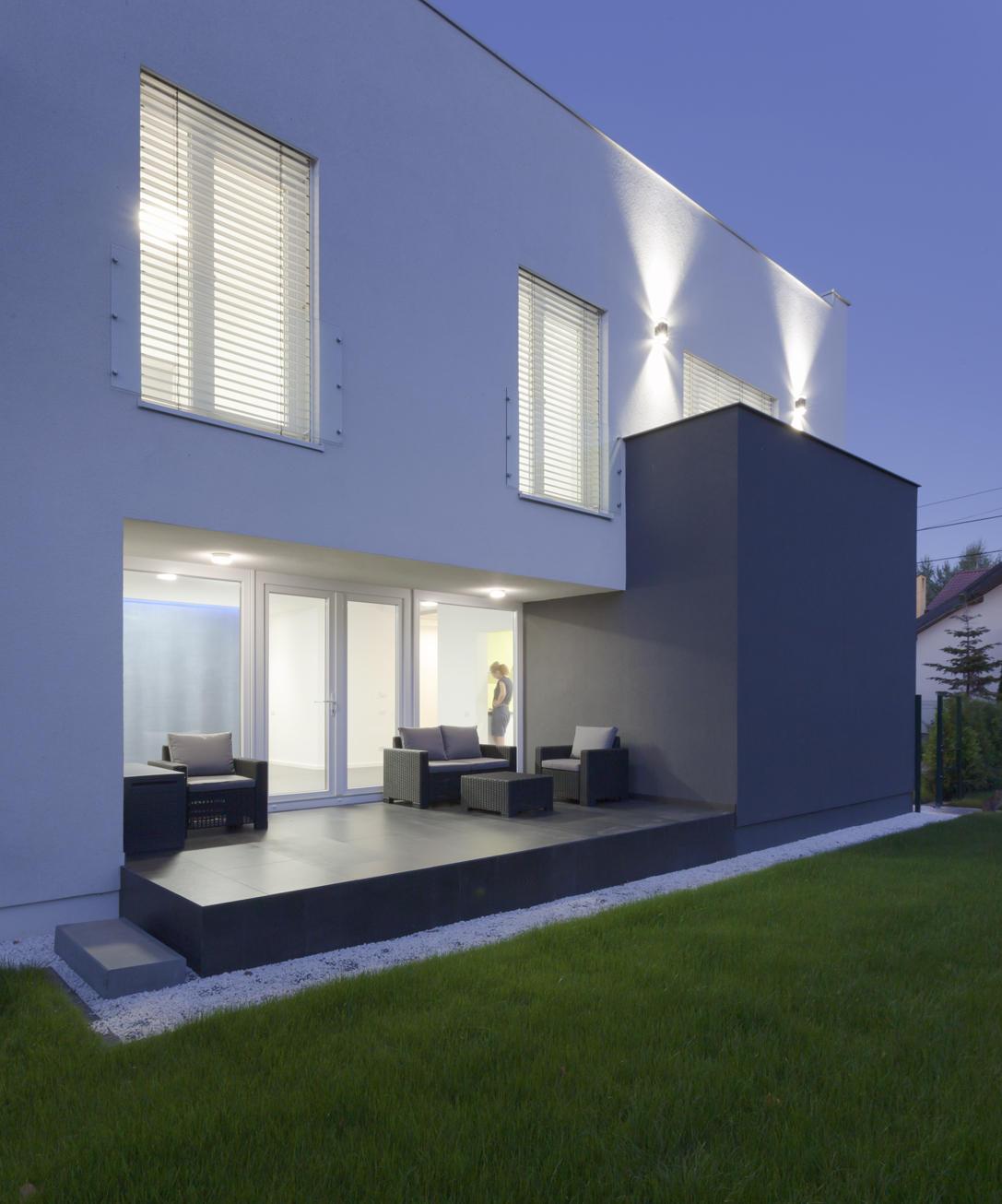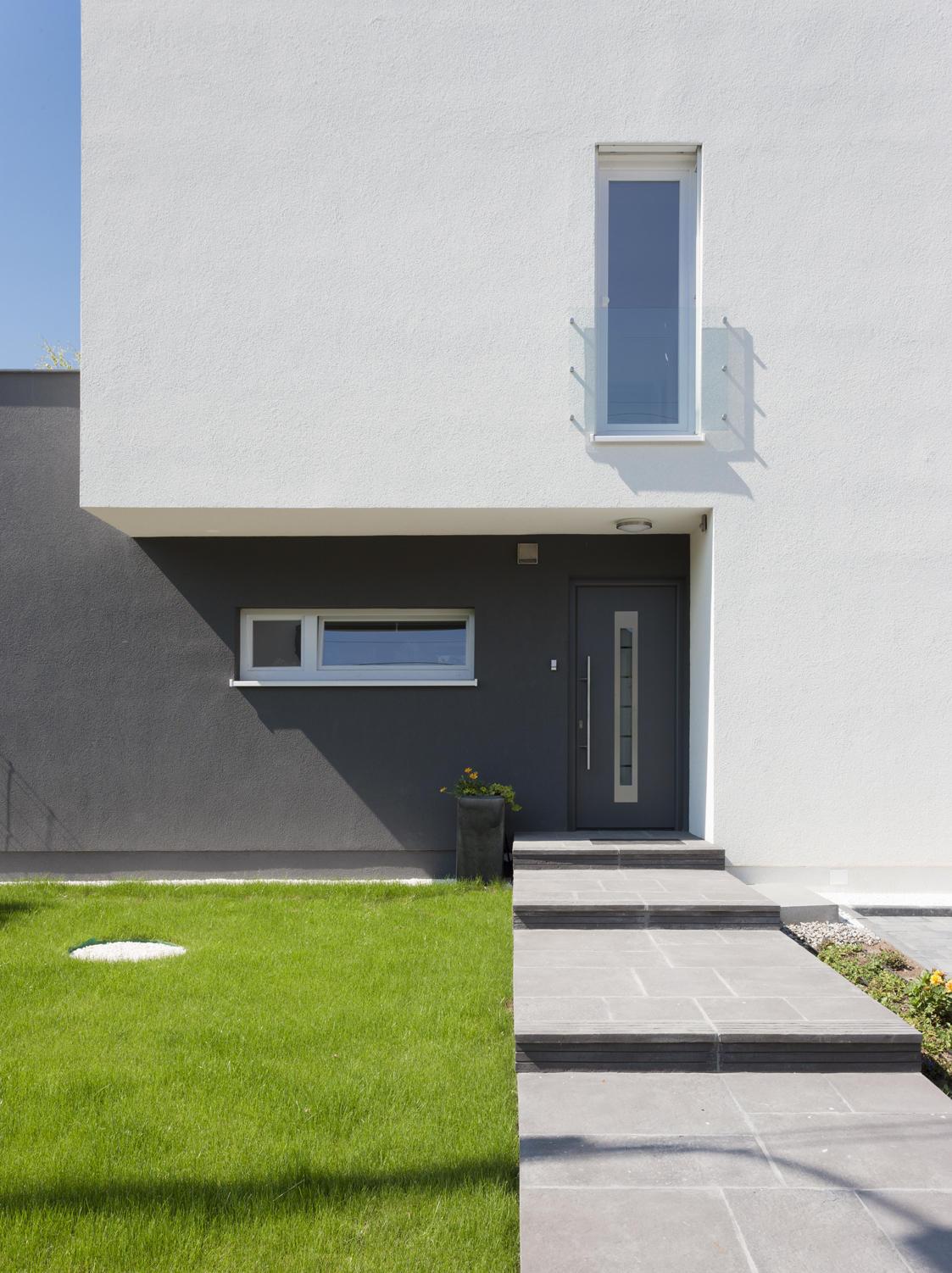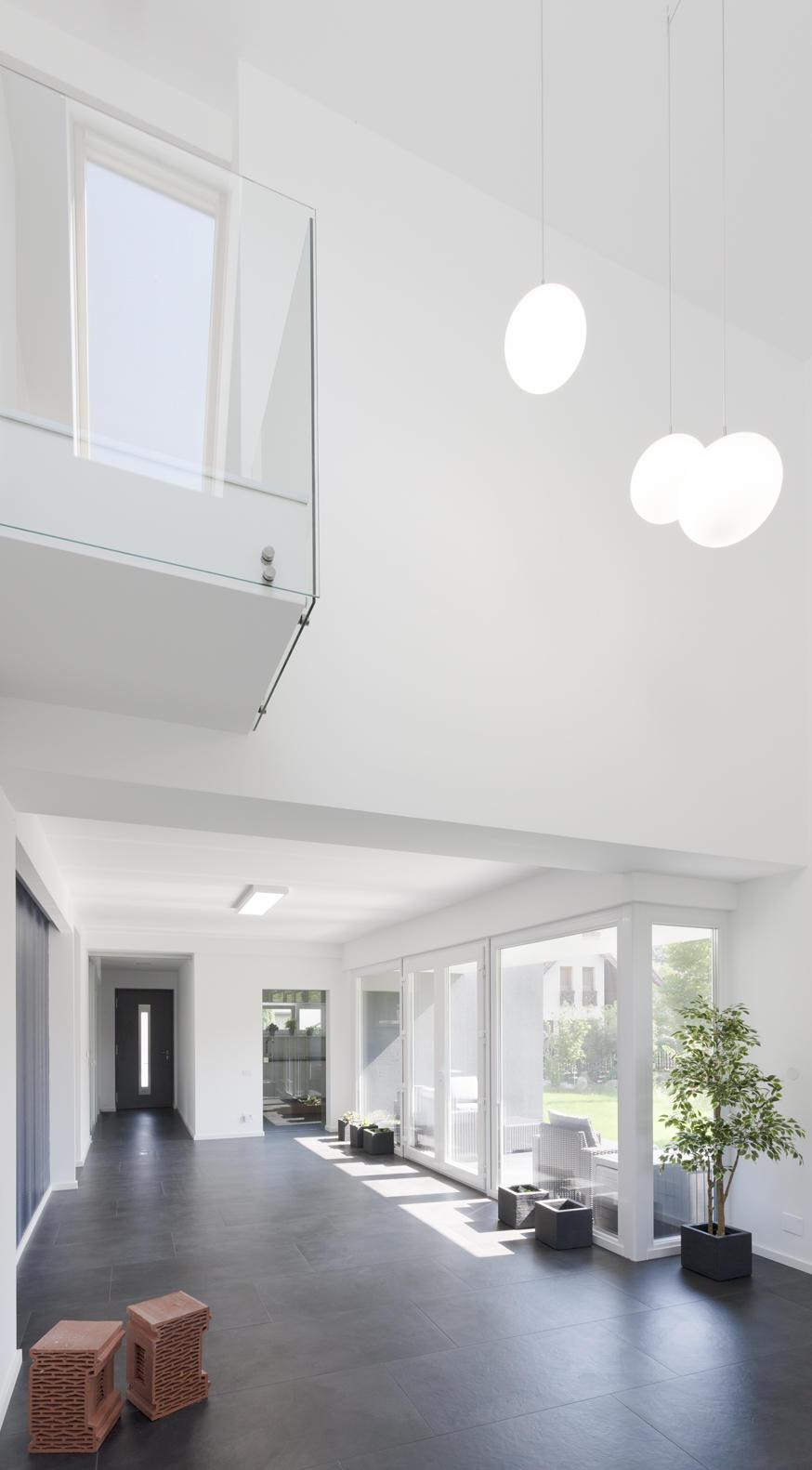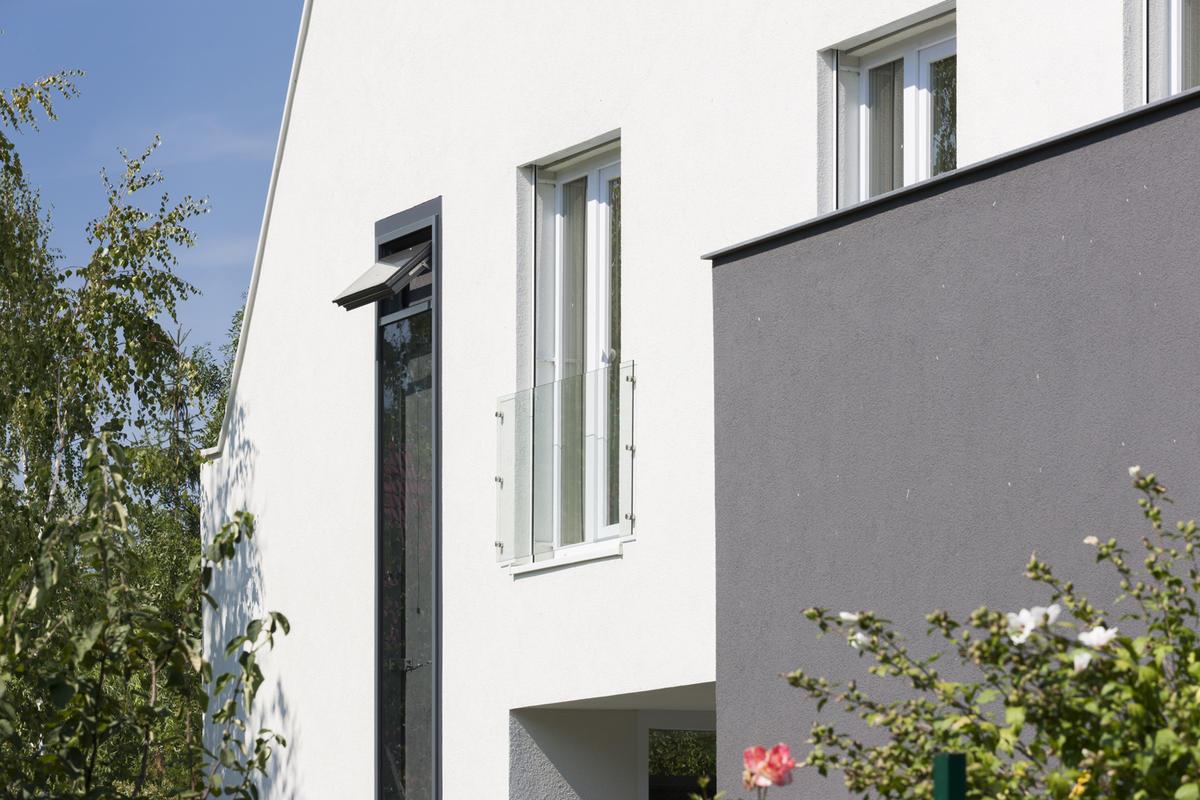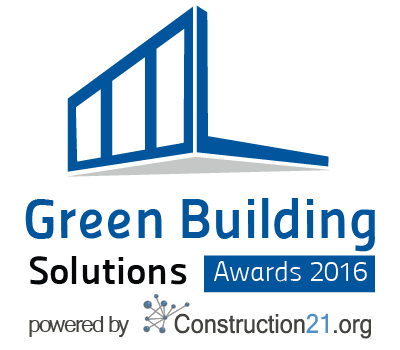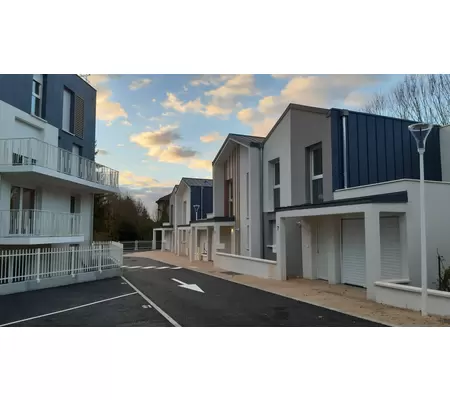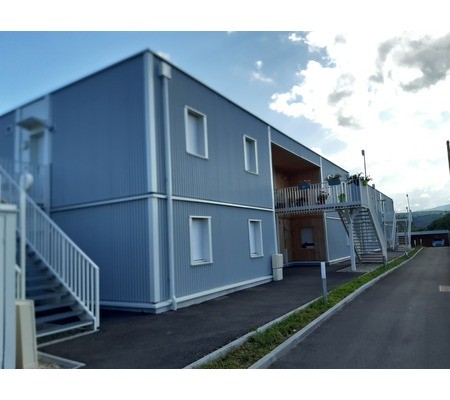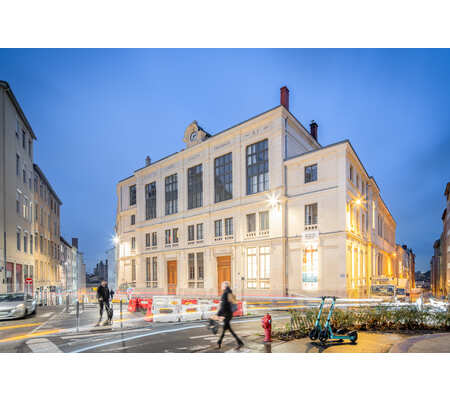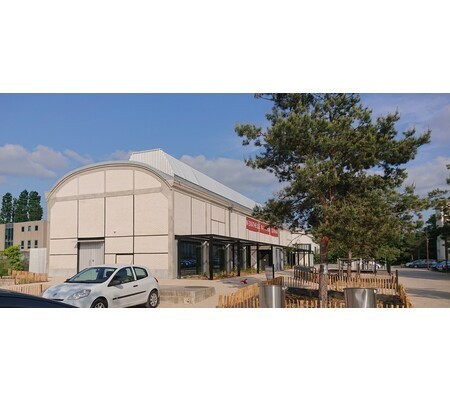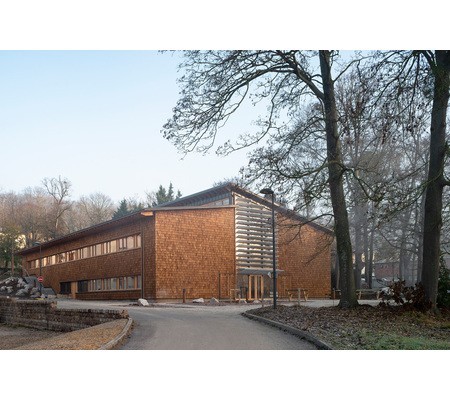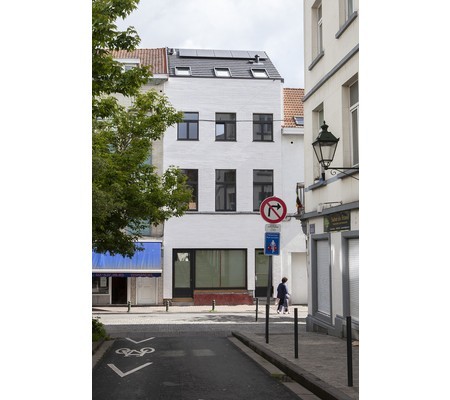E4 House
Last modified by the author on 28/06/2016 - 13:46
New Construction
- Building Type : Isolated or semi-detached house
- Construction Year : 2015
- Delivery year : 2015
- Address 1 - street : 077066 OSTRARU, Romania
- Climate zone : [Dfb] Humid Continental Mild Summer, Wet All Year
- Net Floor Area : 350 m2
- Construction/refurbishment cost : 216 000 €
- Number of Dwelling : 1 Dwelling
- Cost/m2 : 617.14 €/m2
-
Primary energy need
36 kWhpe/m2.year
(Calculation method : Other )
The challenge of designing an E4 House, coming up with personalised ideas and design to enhance the 4 main concepts: Energy efficiency, Environment, Emotion &health, Economy.
Energy efficiency refers to the minimization of energy consumption through design, seeking ways to use innovative heating and edge building technologies in order to become a referenced NZEB. Environment. Reduction of greenhouse gas emissions by the use of environmentally friendly renewable energy sources such as sun, geothermal heat or biomass. Emotion & health. The house seeks to achieve that unique quality of living and explores ways to ensure a healthy room climate using as much as possible the natural building material of clay products. Economy. Last but not least, we obtained an affordable house and maintenance costs in order to prove that it is possible to have an attractive and affordable NZEB.
The E4 House concept follows the subsequent development of the major energy efficient building design methods but at the same time pays attention to the cultural background and the regional adaptation of the layout to each context. In architectural terms, the main elements that are crucial to the building’s energy-efficiency are also the most powerful visual characteristics - in particular the components of the buildings envelope. And these elements are also the main factors that bear the marks of tradition and culture, represented by the urban rules and the site context. Based on this, the project focused on the contemporary approach of the pitched roof - covered with ceramic tiles, of the massive brick walls and terraces - possible to have ceramic finishes, of the windows typology and the balance of textures and colours, both for exterior and interior.
See more details about this project
http://tecto.ro/portfolio/e4-house-casa-e4/http://casae4.ro/casa-e4-din-caramida/
Stakeholders
Designer
TECTO Arhitectura
http://tecto.ro/Architecture design
Contracting method
Other methods
photos by ANDREI MARGULESCU and ANDREI GANDACEnergy consumption
- 36,00 kWhpe/m2.year
- 126,00 kWhpe/m2.year
Envelope performance
- 0,22 W.m-2.K-1
- 0,20
Systems
- Heat pump
- Low temperature floor heating
- Heat pump
- Solar Thermal
- Reversible heat pump
- Others
- Natural ventilation
- Solar photovoltaic
- Solar Thermal
- Heat pump
Smart Building
Urban environment
- 944,00 m2
- 37,00 %
- 524,00
Product
Porotherm Clay Blocks
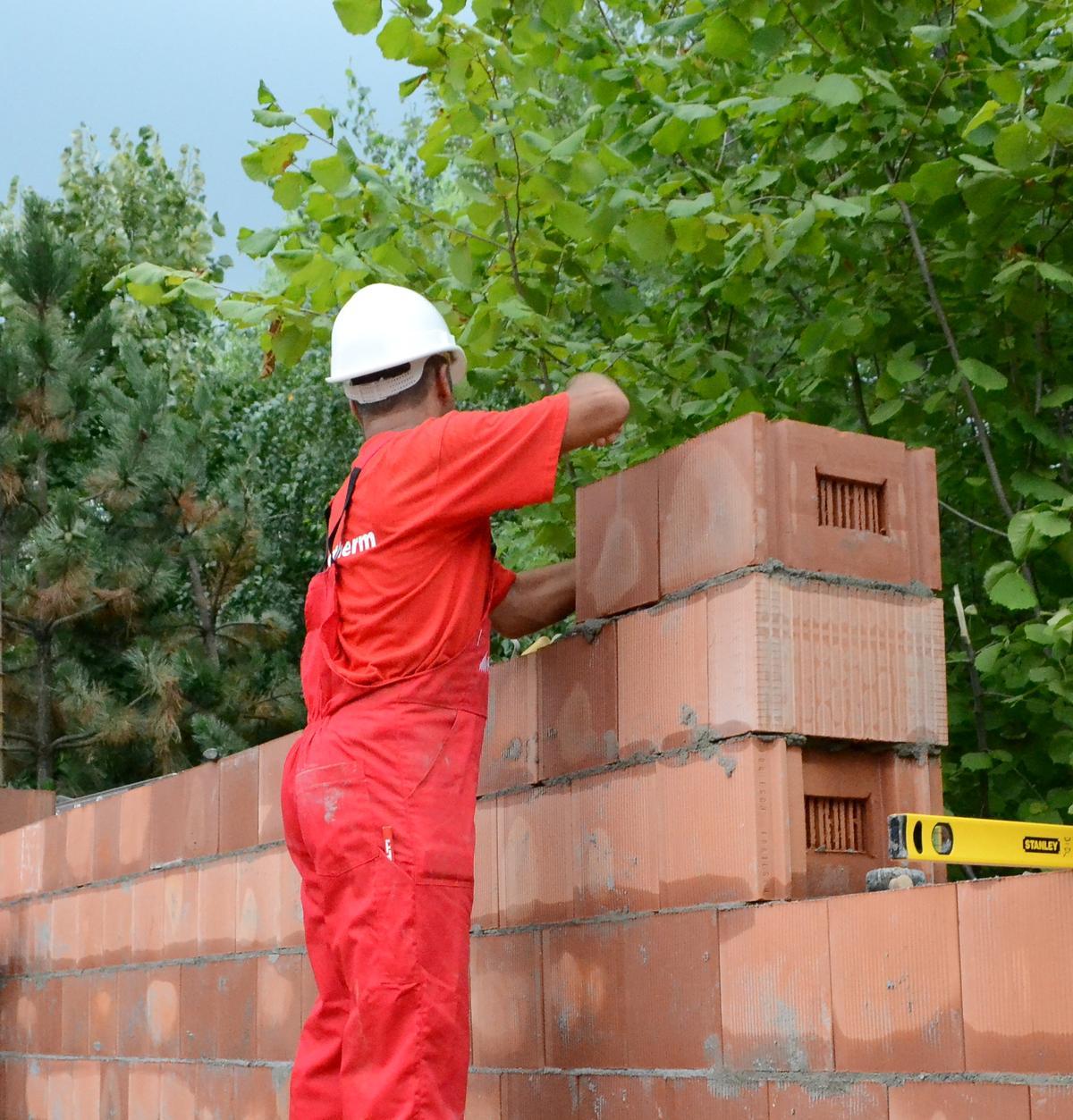
Wienerberger
http://wienerberger.co.uk/Gros œuvre / Structure, maçonnerie, façade
Porotherm is a precision clay block walling system - a modern method of construction with reassuringly traditional values.
Both designers and workers.
Reasons for participating in the competition(s)
E4 starts with the development of advanced energy concepts as a prerequisite for 2010/31/EU Directive, which asserts that starting with 2020 all the new buildings will have ZERO ENERGY BALANCE. Thus, the so called E4 program - E for Energy, Economy, Ecology and Emotion – was developed as a possible future house model.The architectural took into account the localization of building into the site and orientation facing the cardinal points and the predominant wind. These decisions contributed to the shape of the building geometry, as well as to the distribution and properties of transparent and opaque elements of the façades.
A major innovative energy system considered in the proposed E4-house design consists in an optimized Trombe wall, known to provide heat by a combination of thermal mass and greenhouse effects. In the original Trombe wall solution, the southern wall of the building – usually made of materials with heat storage properties (thermal mass: bricks, concrete, stones) – is painted in dark colors and has a glass panel placed in front of its surface, at a certain distance to create an air cavity. By greenhouse effect, the wall is heated by convection from the warm upward airflow that is generated through the gap. The present design attempts to optimize the Trombe wall by combining its effects with ventilation. The Trombe wall is placed on the Southern surface of the living room, where the overnight temperature may be lower than the temperature needed for comfort during the day. The energy efficiency approach of the architectural design also focused on the building materials. A key element was the use of recyclable/recycled and/or locally available materials. The design team developed a range of performance measures in terms of the building envelope materials, among which the most important are: High levels of thermal insulation, Additional insulation, Use of metal consoles and 15 cm of extruded polystyrene to break the thermal bridges,Use of intelligent adaptive membranes,Use of energy performant triple-glazing windows and doors.The passive energy efficiency strategies are however limited in their effects for the NZEB concept. Active measures were added to bring their part in the overall energy performance of the building. This included:Two solar collectors that supply heat to a buffer energy storage unit to partially support domestic hot water preparation, as well as space heating. Twelve photovoltaic solar panels were also mounted in order to produce electricity and reduce the carbon foot-print of the house.Low-temperature heating pipes placed underfloor and radiant wall heating/cooling with built-in tubes. A central home automation technology may enable homeowners to control heat, window coverings, lighting, security sensors and cameras, as well as to track comfort parameters in real time or various energy consumptions over times. Such a system inform and educate the users and may lead to a change that experts call in short format „energy bahavior”.
Building candidate in the category

Energy & Temperate Climates






